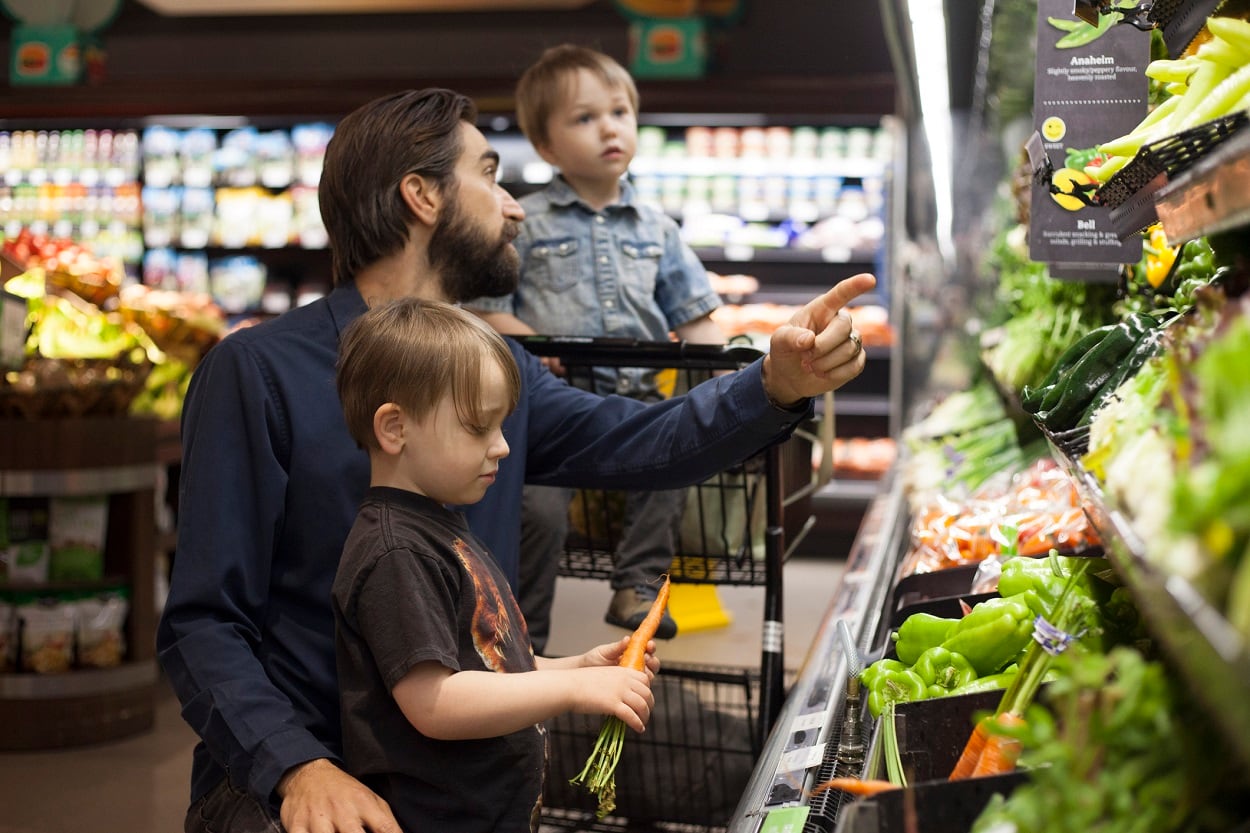Organic products sales continue to increase year-over-year, accounting for $21bn in sales for the 52 weeks ending Nov. 24 2018, up nearly 9% in dollar sales and 8% in units compared to last year.
“Gone are the days when organic products catered to a singular or specific audience. Today, organics have hit the mainstream,” Nielsen said.
“Not only are organic products boosting our industry’s top-line, they are being purchased more by all generational and age cohorts. That said, some segments of our population are leaning into organic more than others.”
“At a time when the FMCG industry overall has experienced flat volume consumption, this growth is huge,” Nielsen noted.
Organic purchases by age group
By generational segments, millennials are spending nearly 14% more on organic products and making 9.8% more trips to the grocery store compared to a year ago*, followed by Gen X shoppers who spent 9.5% more on organic items and boomers spending 7.2% more on organic.
Spending on organics by the Greatest Generation (individuals born between 1910 and 1924) increased the least (+1.5%) in 2018 compared to the year prior.
“Where the average American household is spending just 0.2% more across overall FMCG, the pace of purchasing happening among organic goods is exceptional and is breathing life into otherwise flat or contracting aisles of the store,” Nielsen said.
Which categories do consumers shop organic?
Nielsen found that organic products within specific food categories experienced varying levels of growth. Dairy products, for example, saw a substantial benefit for organic product sales with cows’ milk and chicken eggs representing more than $2bn in sales.
While cows’ milk saw a 2.3% decline in sales compared to a +6.9% increase in chicken egg sales, organic cows’ milk holds the largest share of organic food and beverage sales with $1.3bn last year**.
“Organic cows’ milk is the highest selling category among organic FMCG, and having earned more than $1.3bn in the latest year, there’s certainly plenty of demand out there. But most organic milk sales haven’t seen any lift from a year ago,” said Nielsen.
The cause for declines in organic cows’ milk could be the steep price difference in conventional vs. organic: The average unit price for conventional cow’s milk is $2.59, for organic varieties, the average price skyrockets by 84%, to $4.76 per unit.
“Despite 7% growth in organic cows’ milk items on shelves, it seems the organic variety may be selling at too premium a price compared to its conventional counterpart,” Nielsen noted.
Milk shoppers are also among the least engaged, often going to auto-pilot when scratching milk off their grocery list, Nielsen’s 2017 study on Category Shopping Fundamentals found.
“In other words, they’re not seeking to break habitual routines nor are they paying attention to in-store or product details that influence the purchase decision.”
Organic kombucha sales surge
On the beverage side, organic kombucha generated $412m in sales in 2018 (a 42% increase) compared to the prior year.
“One beverage that’s really emerged in the organic space this year is kombucha. Known only to a niche audience a few years ago, today this probiotic and organic functional beverage is winning the hearts of consumers across America,” Nielsen added.
Other notable lifts in organic sales include sandwich bread (+8.8%), fresh chicken (+11.1%), baby food (+8.8%), and apples (+6.8%).
“Organic products might be here to stay, but their ability to inspire growth isn’t ubiquitous to all areas of the store,” Nielsen added.
“Organic still sells, and it’s lifting the bottom line of categories across both food and non-food FMCG. But as can be seen in the example of milk, the path to growth with organic label claims often requires understanding the fundamentals that drive category purchasing.”
* Nielsen Homescan, household projected data, Total U.S., 52 weeks ended Nov. 24, 2018 vs. year-ago.
** Nielsen Retail Measurement Services, Total Food View, Total U.S. xAOC, 52 weeks ended Dec. 1, 2018, UPC-coded and random-weight/Non-UPC data.




